7 days diving tour motor sailer Nautilus
Sample itinerary 7 days diving trips with the Nautilus
- 7 days
- 2-16
Highlights of the tour
- Shoals of golden ostriches
- Playful sea lions
- Large colonies of tube eels
- Manta rays and eagle rays floating in the water
Overview
With the motor sailer Nautilus you will make day diving trips to important spots of the Galapagos Islands. For 7 days you will explore the underwater world of the Galapagos Islands with many exciting dives. You will be professionally guided and prepared for the dives.
With high probability you will see species like tube eels, eagle rays, whale sharks and many more.
Of course, there will also be enough time to relax in your hotel on Santa Cruz and for excursions on land.
Itinerary
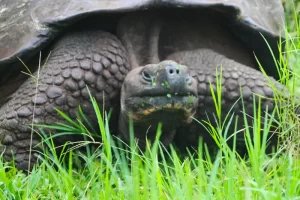
Afternoon – Charles Darwin Station: This is where biological research and indispensable conservation of the unique archipelago are carried out. The complex houses the Interpretation and Information Center of the National Park and the Galapagos Marine Reserve. The most unforgettable part of your visit will most likely be the successful hatchery and encounter with the Galapagos giant tortoises. Before lunch you will have some time to explore the area.
Meals: Lunch/Dinner
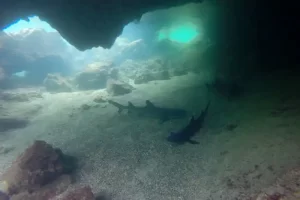
Gordon Rocks: Gordon Rocks are located northeast of Plazas Islands and are visible from a distance with their three massive pinnacles. The rocks are the remains of an extinct volcano whose largely destroyed caldera is now home to a variety of wildlife. Here, for example, sea lions can be observed jumping into the water. The different and sometimes very strong currents, which are caused by the special arrangement of the rocks, are not to be underestimated, which is why the place is only suitable for experienced divers. It is not for nothing that this spot is also called “La Lavadora” – The Washing Machine. It is very likely to find swarms of hammerhead sharks, eagle rays and groups of whitetip reef sharks here. Turtles, moray eels and the Galapagos shark cavort on site as well as sea lions and swarms of barracudas.
Meals: Breakfast/Lunch
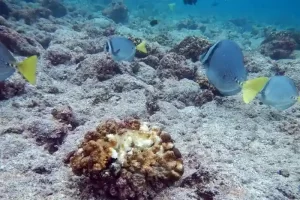
Daphne Minor: This small and highly eroded island 20 nautical miles north of Santa Cruz is, like Daphne Major, uninhabited. It is an important nesting and breeding site for numerous birds. There are several dive sites off the island, suitable for beginners as well as advanced divers. The east coast of Daphne Minor is a very diverse diving area with characteristic steep rock walls and a protruding platform. At a depth of 6 meters there is a cave where resting whitetip reef sharks and sea turtles can be seen. A pinnacle at 20 meters is home to beautiful reef fish. There is also the possibility of spotting groups of manta rays and spotted eagle rays, which filter microorganisms from the water while slowly floating. At Daphne Minor you can also find the famous shoals of golden oarfish. These fish, about 10 cm long, occur in the tens of thousands and are the preferred food source for birds nesting on the island and some sharks. If you are lucky, during a dive you can see the birds hunting for the coveted gold straps, piercing the surface of the sea like arrows to catch their prey.
Meals: Breakfast/Lunch
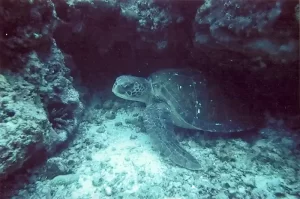
North Mosquera: Characteristic for the diving area around Mosquera is the extensive sandy bottom at a depth of 12 meters where large colonies of tube eels have settled. At the northern tip of the narrow island, it is possible even for inexperienced divers to see large fish such as the Galapagos shark. These are usually found at depths of 12 and 25 meters. At the deeper rock formations numerous beautiful reef fish and the ubiquitous white tip reef shark can be observed.
Meals: Breakfast/Lunch
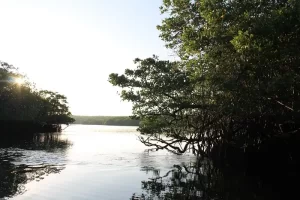
Las Grietas: These are lava formations with crystal clear water, perfect for swimming and snorkeling. It is better to visit early in the morning, otherwise it can be very crowded.
Tortuga Bay: A beautiful beach about 45-minute walk from Puerto Ayora. Marine iguanas, lava lizards, many birds and of course the beautiful underwater world can be observed here.
Muelle de los Pescadores: The landing place of the small fishing boats is the meeting place of many sea lions and pelicans. It is a great spectacle to watch the animals waiting hopefully to get hold of a small piece of fish.
Tip for dinner: If you want to have an authentic meal in the evening, ask for the restaurant street. Here the local restaurants set up their tables on the street and in a simple but very nice atmosphere you can have dinner together with the Galapagenos in the restaurant of your choice. To be on the safe side, please ask again at your accommodation if the restaurant street is still “open” every day.
Meals: Breakfast

South Mosquera: The highlight of diving near South Mosquera are the steep slopes. Entry is via a platform that drops steadily from 10 meters to 25 meters. From there it is possible to see another platform at a depth of 40 meters. This step formation continues to a depth of 1400 meters. However, you only go down to about 25 meters and look out for large animals such as hammerheads and galapagos sharks. At Mosquera, there is also nutrient-rich water due to upwelling currents from the deep sea, which is why manta rays and spotted eagle rays filter feed here as well.
Meals: Breakfast/Lunch
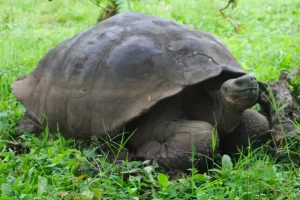
Meals: Breakfast
- Included services
- Accommodation in hotel on Santa Cruz with private bathroom
- Breakfast at the hotel, lunch and snacks and drinks (no soft drinks) on board during the diving days
- All dives with professional instructor
- Airport transfers in Galapagos
- For the dives: 12 L tanks for enriched air, weights, harnesses and diving equipment (personal distress GPS, storm whistle, dive light and signal buoy)
- Not included services
- International flight and Galapagos flight
- Entrance fee to Galapagos National Park ( US$ 200 per person, subject to change)
- Transit control card ( US$ 20 per person, subject to change)
- Airport transfers in Galapagos (if the flight is not booked together with the cruise)
- Full diving equipment rental on site (BCD buoyancy jacket, regulator, mask, fins, 7mm wetsuit, hood, gloves, booties, dive computer and flashlight) and nitrox ( US$150 per person)
- Soft and alcoholic drinks
- Tips
Hints
Depending on the season and the associated change in ocean currents, different species can be observed underwater: Large fish from July to December and warm water fish from January to June.
Required diving skills and experience and physical condition for diving in the Galapagos Islands: In general, diving in the Galapagos is challenging due to the extreme conditions – cold water, strong currents and limited visibility – and is mainly suitable for advanced divers. We strongly recommend that divers visiting the Galapagos have more than 50 logged dives. Divers should also have some experience with rough surface conditions, poor visibility, strong currents and cold water, requiring thicker wetsuits and hoods.
Multiple layers are optimal for diving in the Galapagos. A 7mm wet suit with a light hood, booties and gloves is a good option, or a dry suit with a full 5mm hood will keep most divers warm. To rent a wetsuit, we will need your clothing size (S/M/L/XL) before you arrive in Galapagos. We rent 7 mm wetsuits.
Single room supplement: 80-100%.
Ask us for children or group discount.
Price not valid for Christmas and New Years´s Eve departures.
All prices are subject to change if local tax increases or other circumstances beyond our control occur.
The itinerary is subject to change at any time due to circumstances beyond our control.
In order to rent a wetsuit, we will need your clothing size (S/M/L/XL) before your arrival in Galapagos. Standard wetsuits with a thickness of 3 mm are rented.
Travel Insurance:
To protect your travel investment, we highly recommend the purchase of travel insurance. Travel insurance is intended to cover medical expenses, trip interruption and cancellation, theft and other losses incurred while traveling domestically or internationally.
Visa and Entry Requirements:
Ecuador requires a valid passport (with a minimum 6 months validity). Contact your local embassy or consulate for the most up-to-date visa requirements.
Other interesting cruises
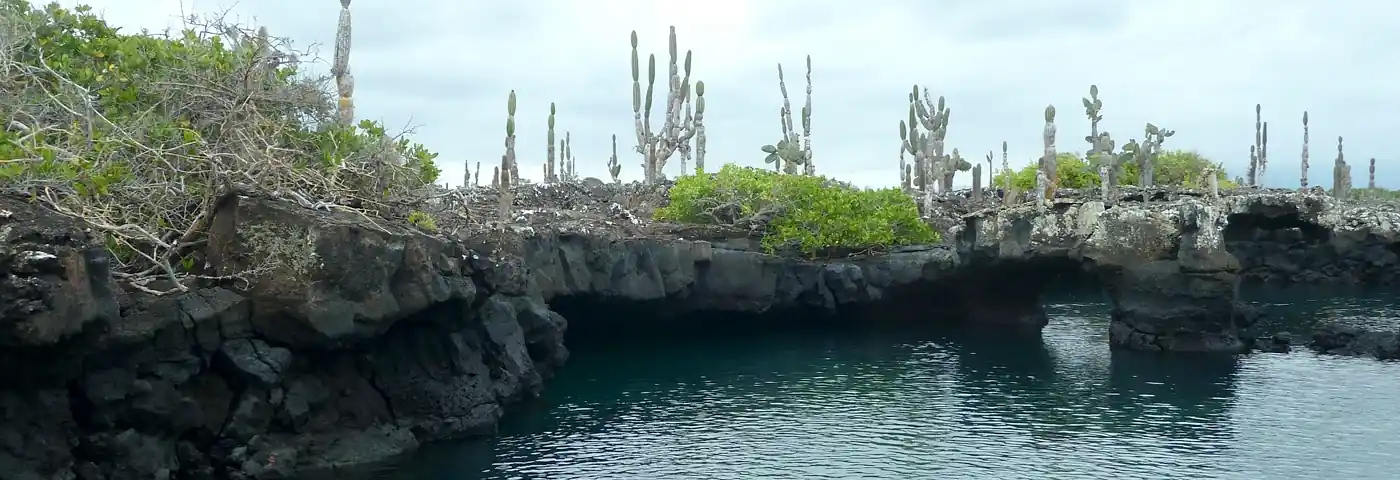
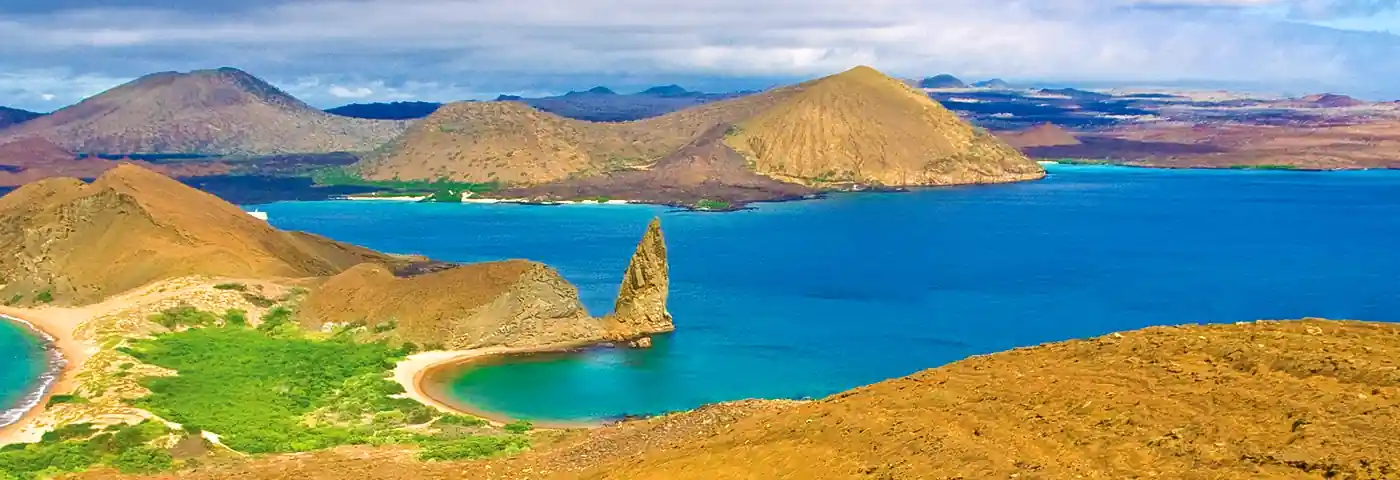
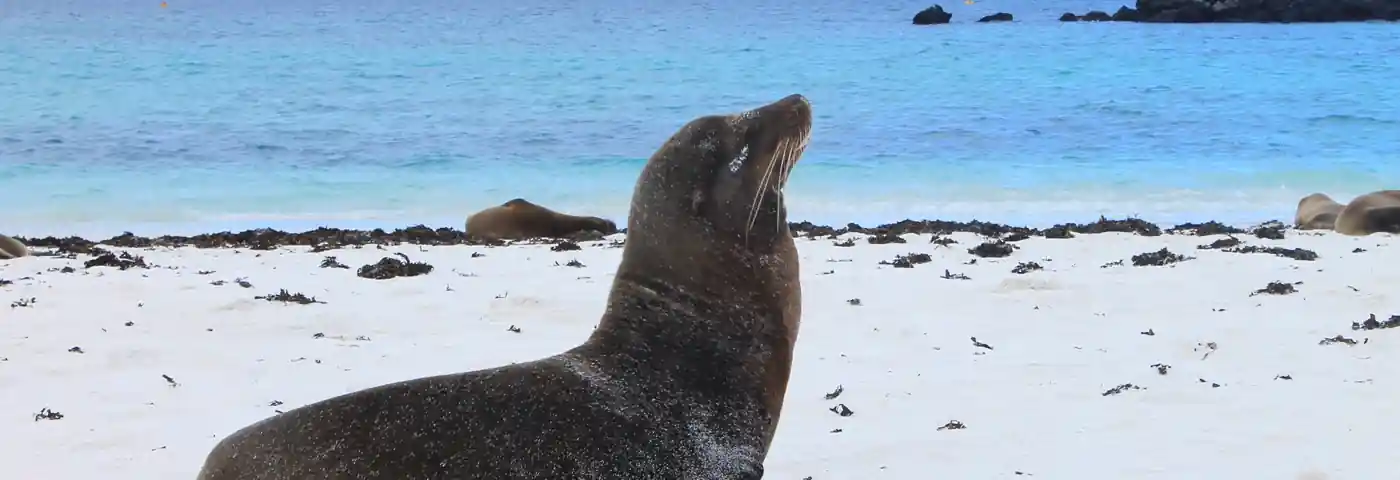
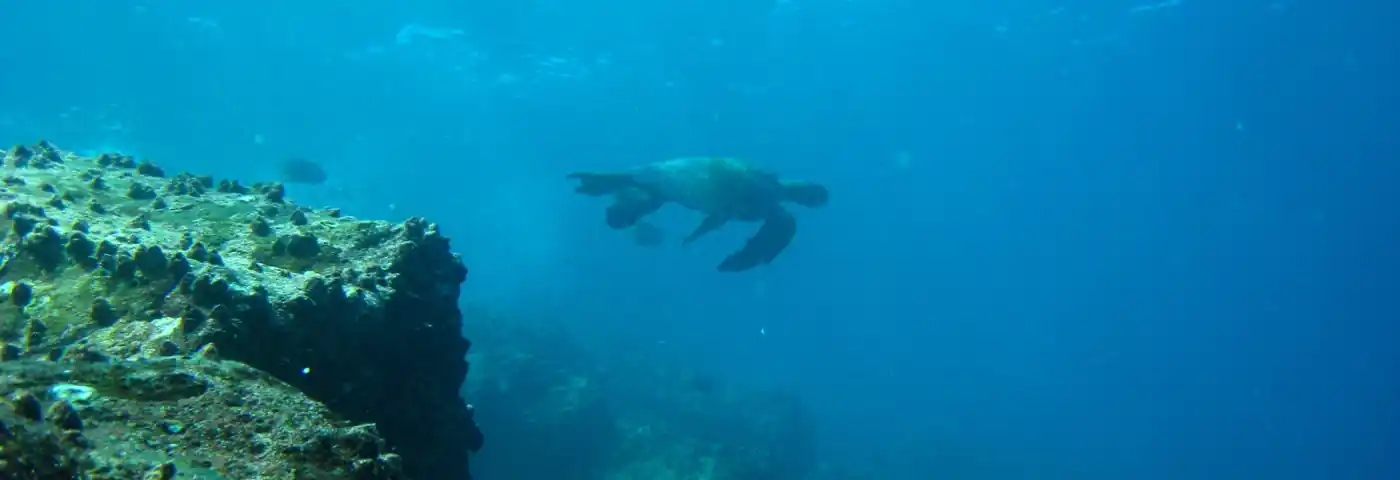

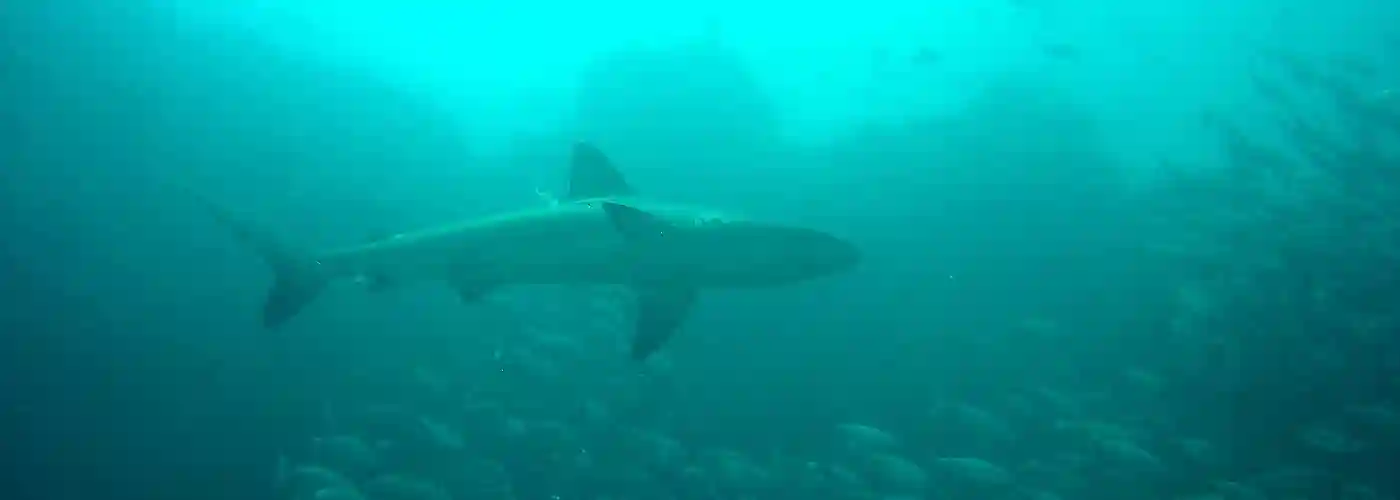
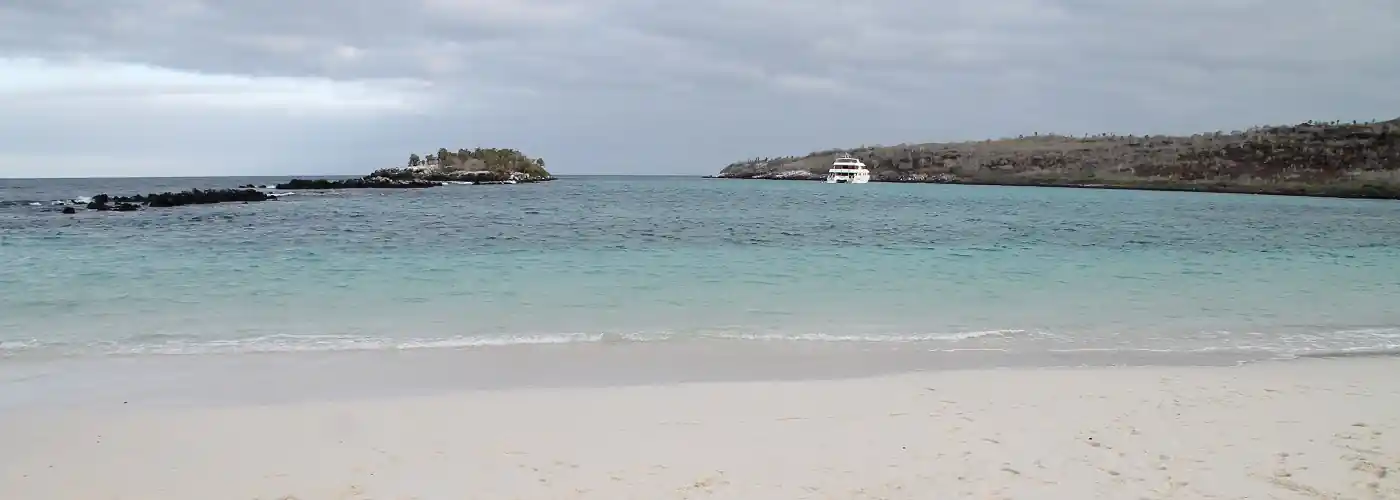
- 8 days
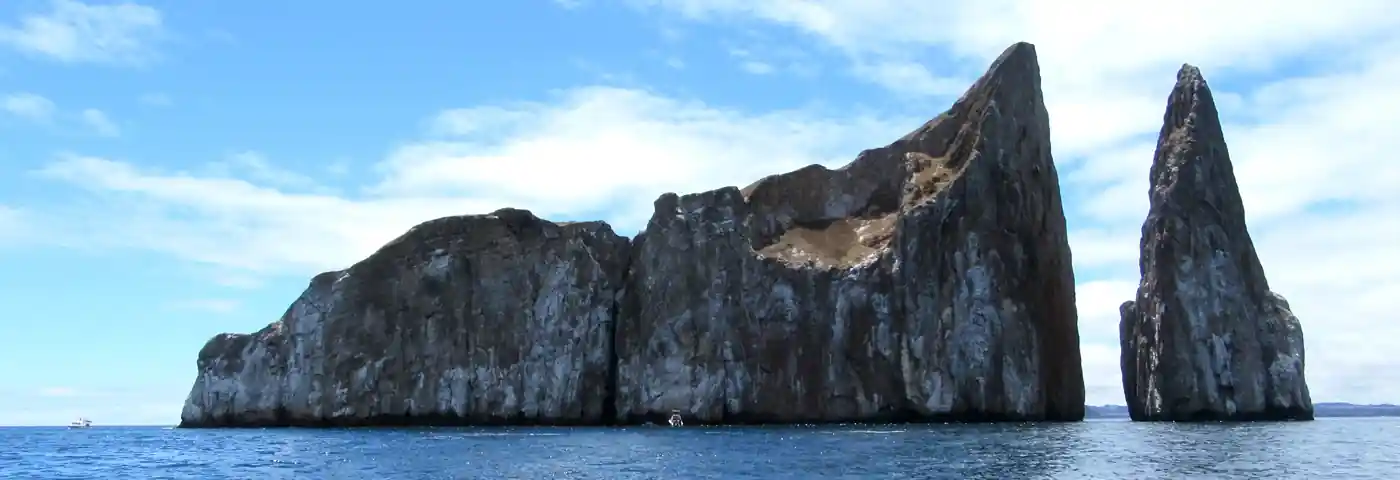
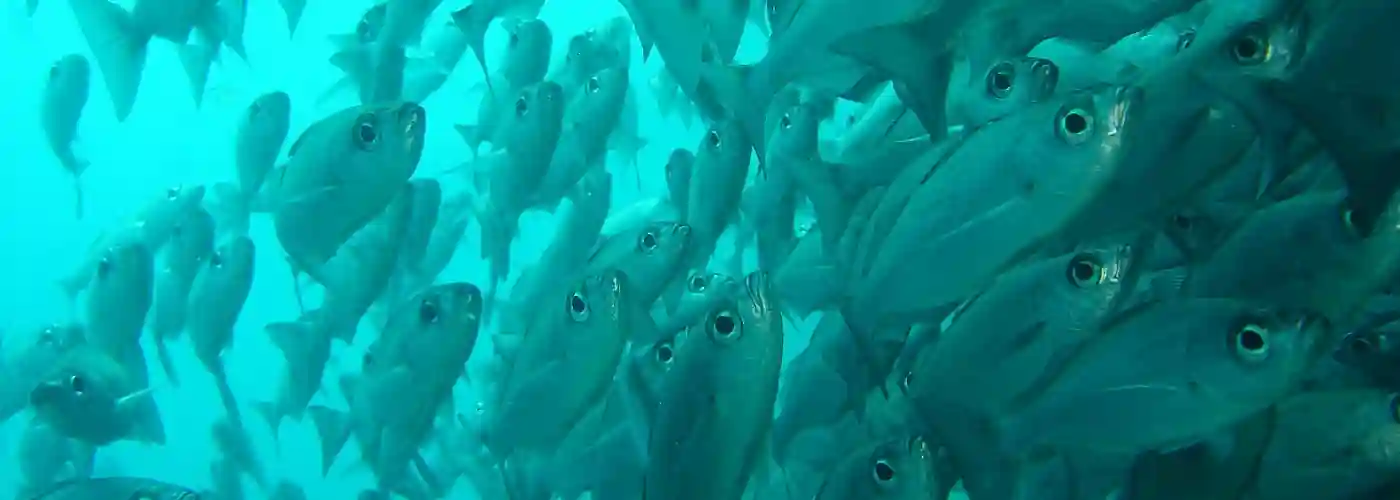
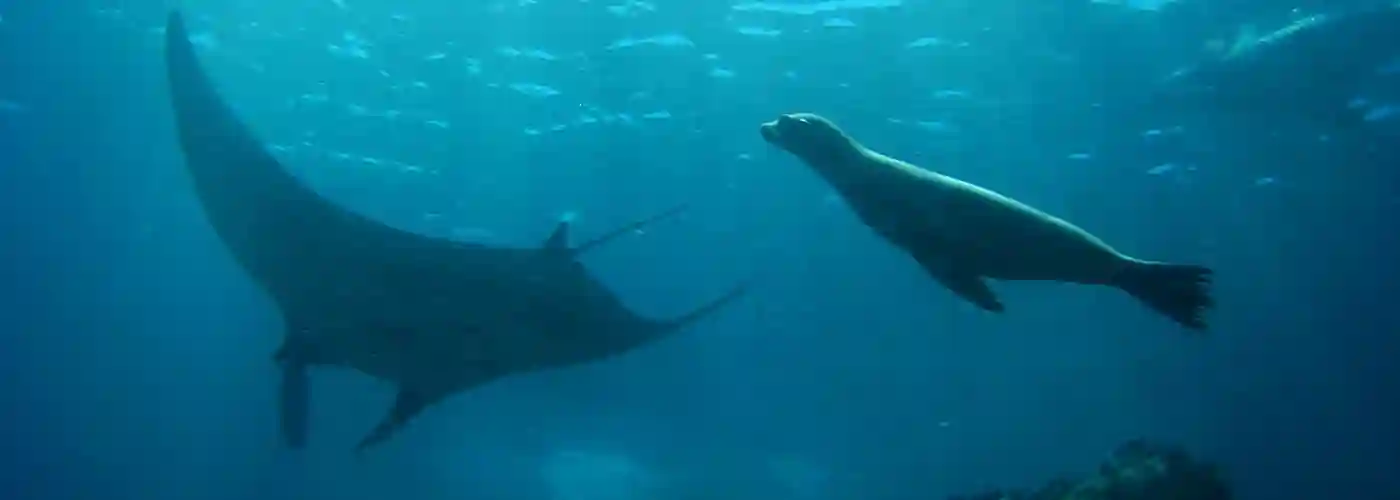

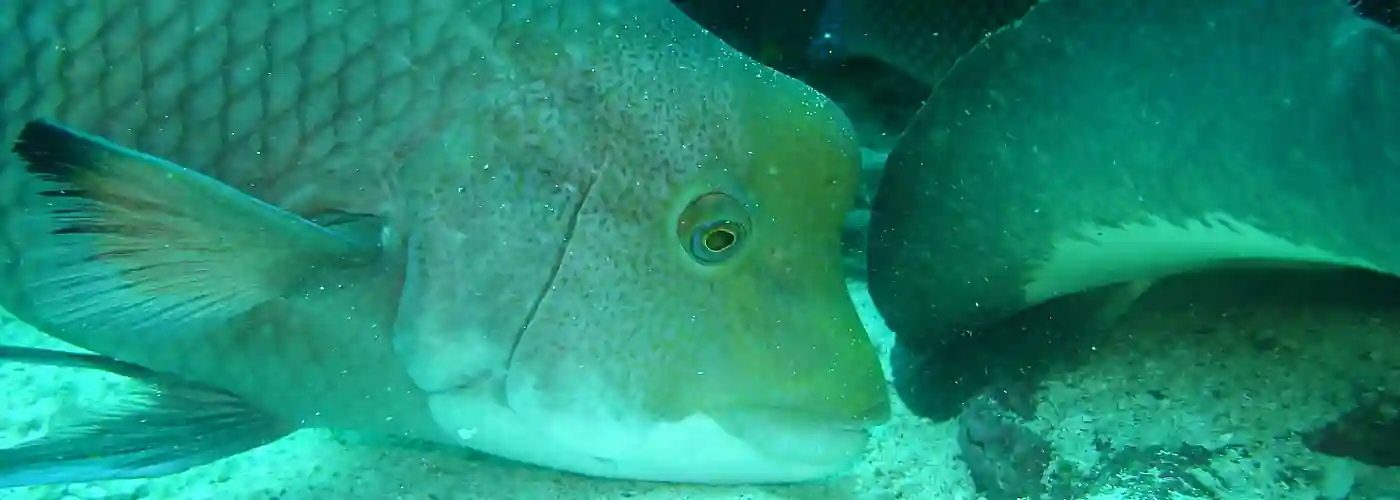

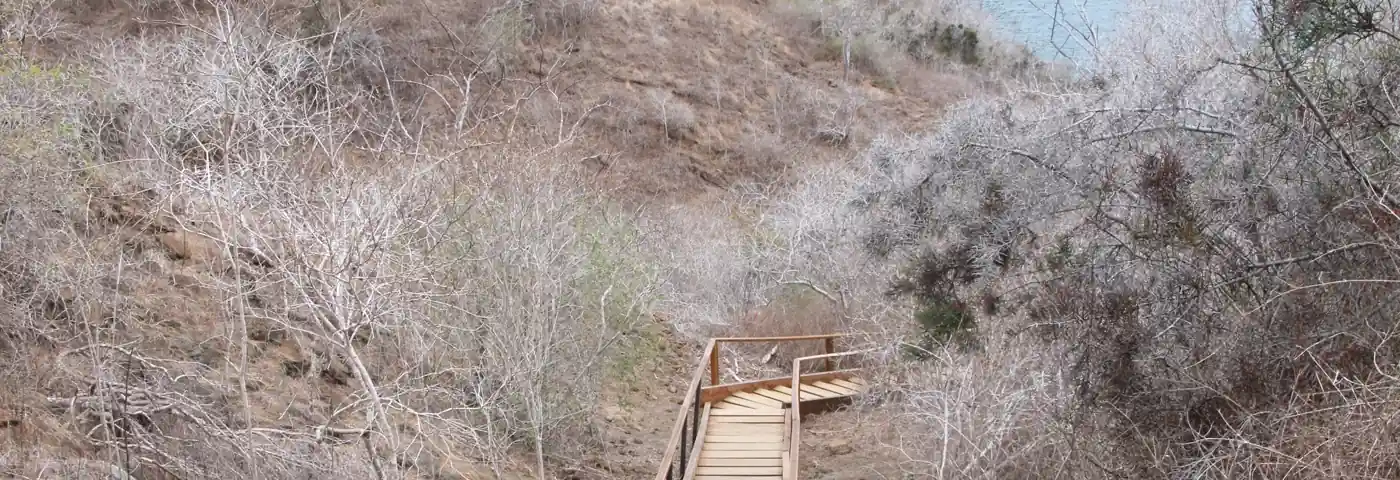
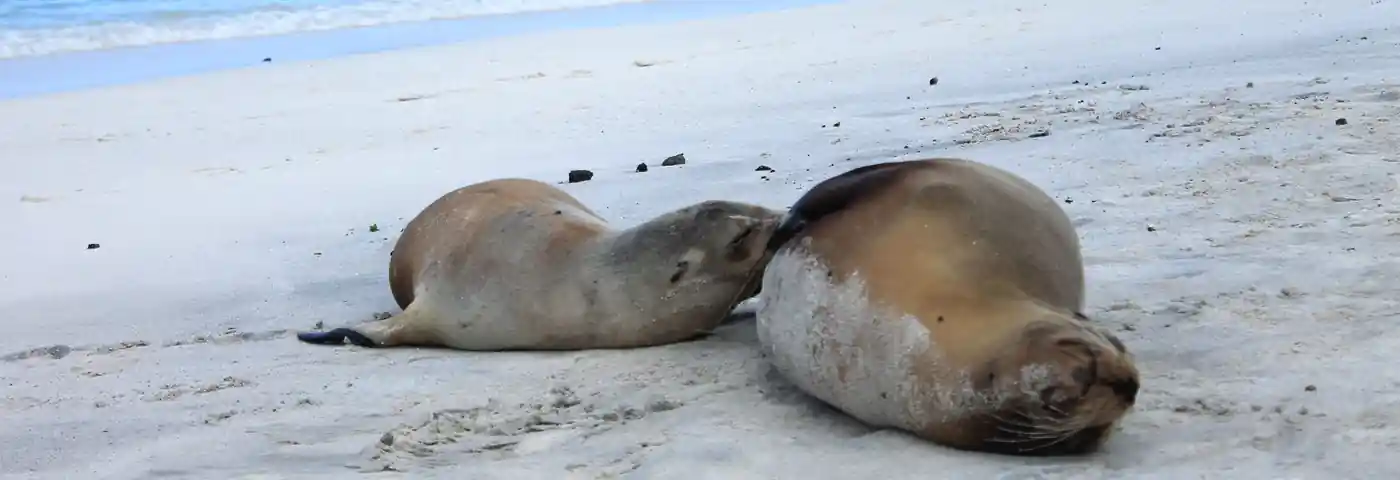
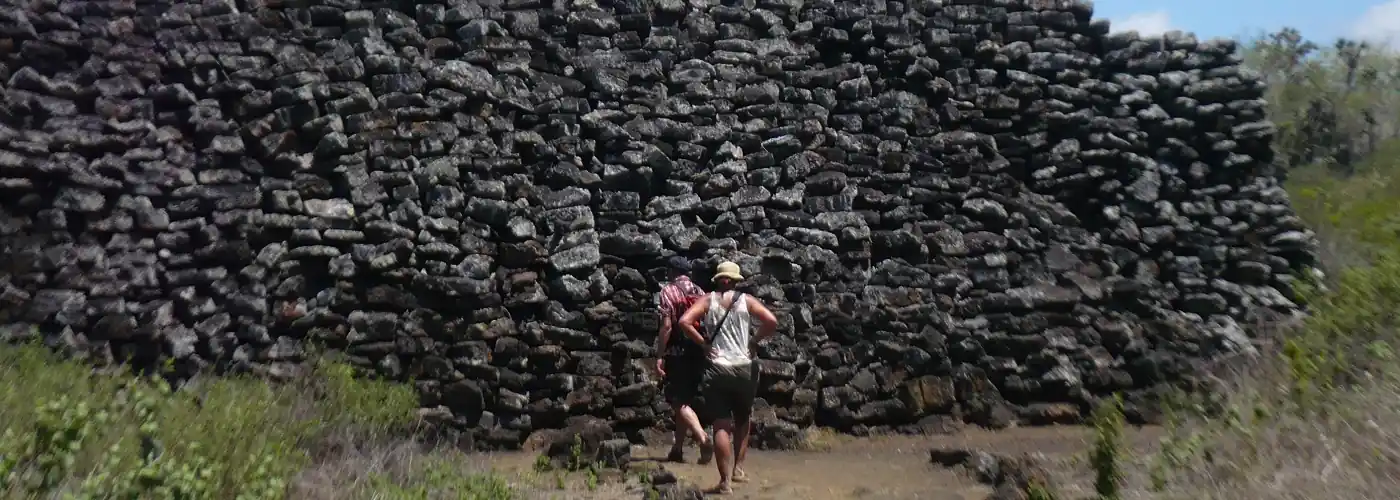
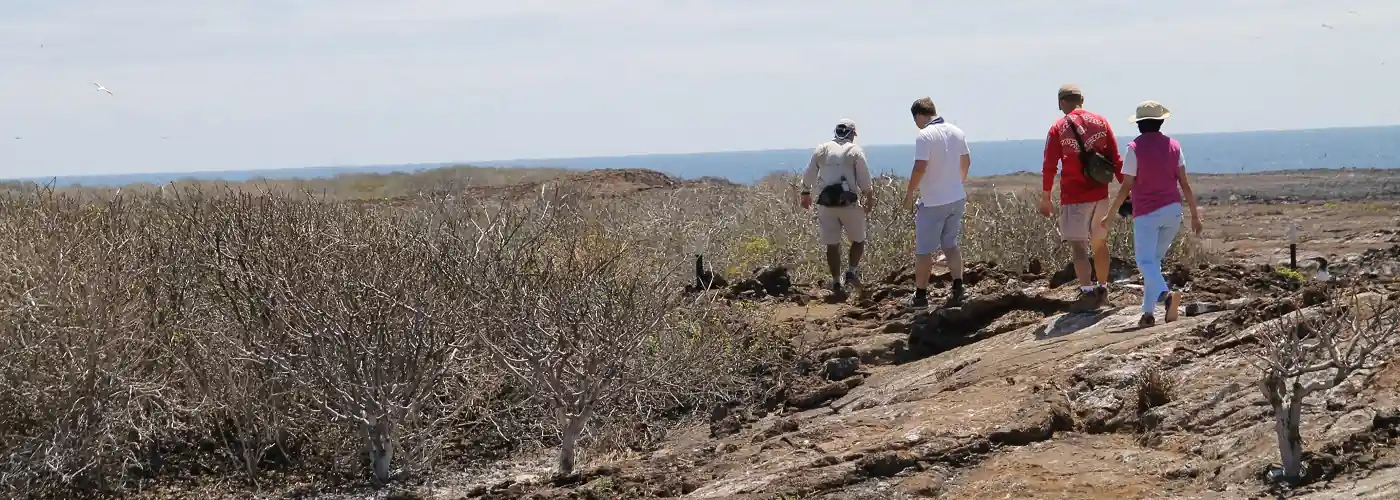
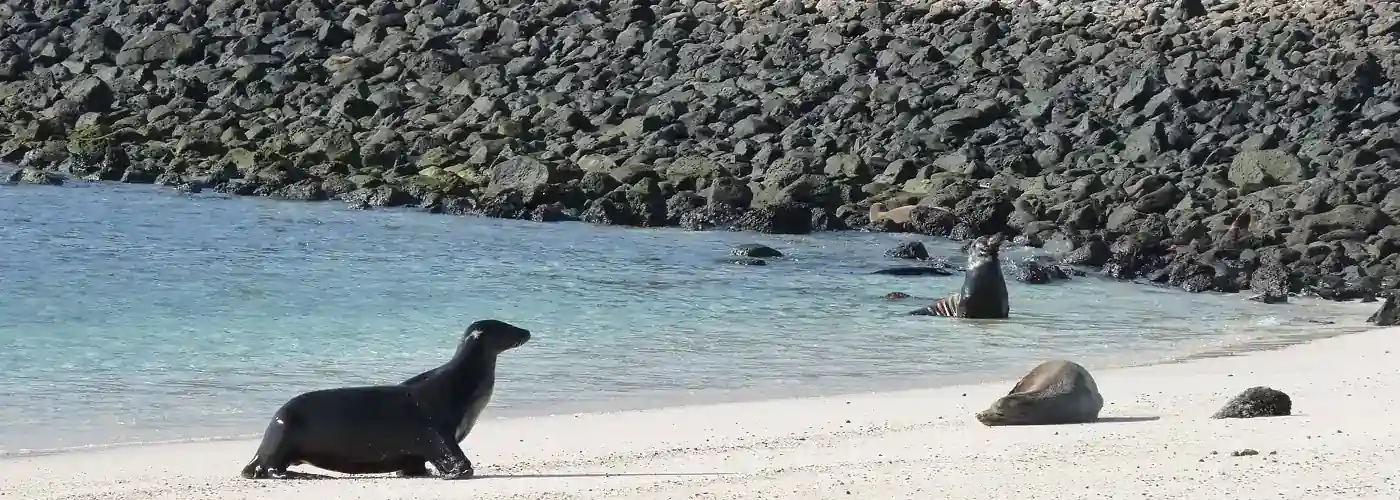

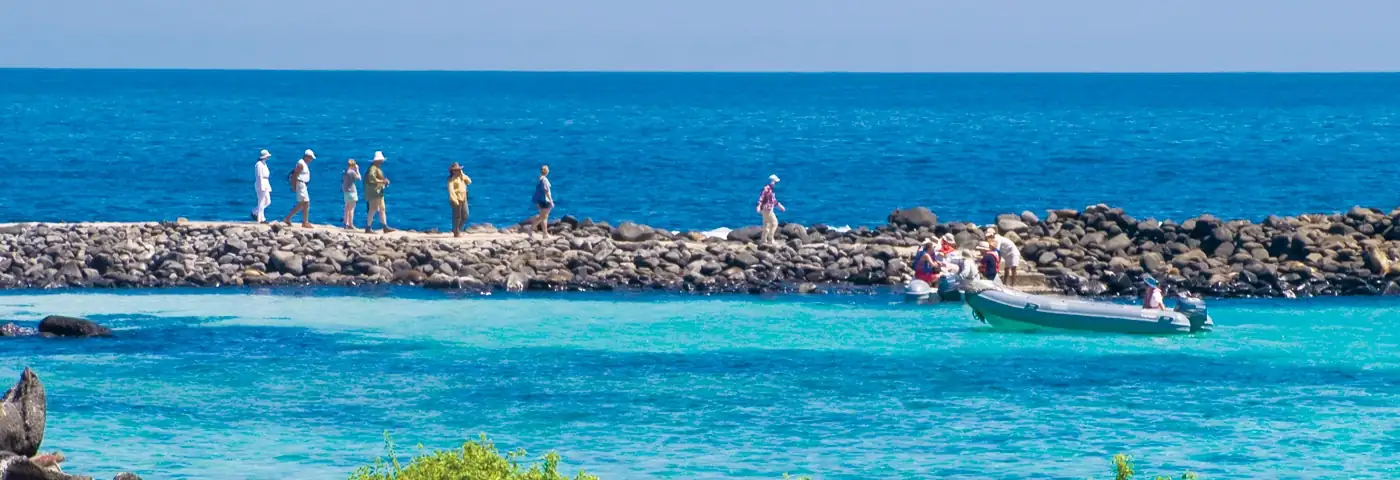
7 days diving tour motor sailer Nautilus
From US$ 2090 p.p.
Get in touch:

Dayana Arias Leon
- +593 (0)2 2194333
- hello@soleq.travel
